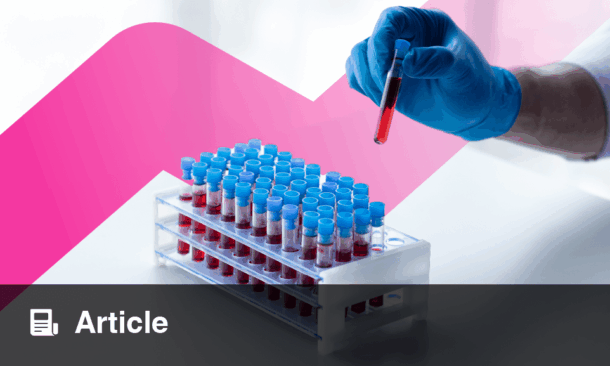ADHERANCE to antifungal therapeutic drug monitoring (TDM) is moderate-to-high in patients, a recent study has found, although there is room for improvement, largely as a result of long turnaround times and uncertainty surrounding the monitoring process. The survey, carried out by Kaitlin Benedict, Centers for Disease Control and Prevention, Atlanta, Georgia, USA, and team, analysed the use of systemic azole antifungals, namely itraconazole, posaconazole, voriconazole, isavuconazole, and fluconazole.
TDM is necessary amongst patients with invasive fungal infections in order to assess the quantities of the drug in the patient’s blood. Individuals with medication levels that are too low are at risk of treatment failure and potential resistance, whereas overly high medication levels can lead to drug toxicity. The research team aimed to understand the barriers that healthcare providers have for using TDM, in order to improve how antifungal TDM is used and prescribed.
Researchers surveyed a total of 523 people, sourced from the Emerging Infections Network, of which 91% were infectious disease physicians, with 73% practicing at a university or teaching hospital. In this group, 70% (364) healthcare professionals routinely cared for patients receiving antifungal prophylaxis, with at least five patients on each drug. They reported 90% TDM use during treatment with voriconazole, 72% for posaconazole, 72% for itraconazole, 40% for isavuconazole, and 10% for fluconazole.
Additionally, results also showed that respondents with fewer than 15 years of experience reported any TDM use during treatment using itraconazole (66% versus 77%), posaconazole (63 versus 78%), and voriconazole (83% versus 95%) more frequently, compared with respondents with 15 years or more of experience. It was also found that the primary barriers to performing TDM were long waits for send-out tests to be turned around (74%), difficulty co-ordinating testing logistics (48%), uncertainty around TDM recommendations (39%), difficulty interpreting results (28%), uncertainty about TDM benefits (18%), cost (14%), and challenges with insurance coverage (11%).
Monitoring the use of antifungal drugs is vital for ensuring current treatment methods remain effective, and should therefore be prioritised in healthcare. Benedict and colleagues concluded: “Developing onsite TDM technology, incorporating pharmacists into antifungal TDM protocols, and furthering research to inform optimal TDM practices can improve how and when healthcare providers use antifungal TDM.”








